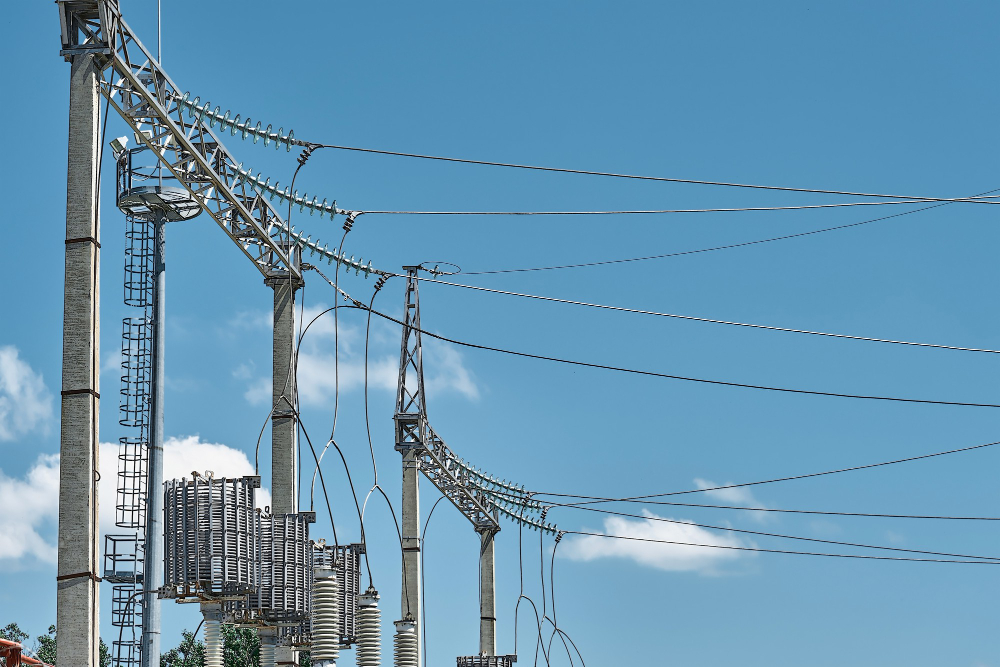Powering Efficiency: A Comprehensive Guide to Low Voltage Panels
In the intricate realm of electrical systems, the unsung heroes ensuring a seamless and secure distribution of power are low voltage panels. These essential components play a pivotal role in optimizing efficiency, safety, and reliability in a myriad of settings, from residential buildings to sprawling industrial complexes. This comprehensive guide aims to unravel the mysteries surrounding low voltage panels, exploring their functions, types, and the key considerations when integrating them into your electrical infrastructure.
What are Low Voltage Panels?
Low voltage panels, also known as distribution panels or switchgear panels, are devices designed to control and distribute electrical power in systems where the voltage does not exceed a certain threshold. Typically, low voltage refers to voltages below 1000 volts in alternating current (AC) systems and 1500 volts in direct current (DC) systems. These panels serve as central hubs for managing the flow of electricity, ensuring that it reaches its intended destinations safely and efficiently.
Components of Low Voltage Panels
To comprehend the functionality of low voltage panels, it’s essential to understand their key components.
1. Main Circuit Breaker
The main circuit breaker is the primary switch that controls the entire electrical supply to a building or facility. It acts as a safety mechanism, disconnecting the power in case of overloads or faults. Electric service companies often install main circuit breakers at the point where their service connects to the building’s electrical system.
2. Busbars
Busbars are conductive bars or strips that carry and distribute electrical power within the panel. They serve as a central point for connecting various circuits and devices, ensuring a smooth flow of electricity throughout the system.
3. Distribution Circuits
Low voltage panels consist of multiple distribution circuits, each serving a specific area or set of electrical appliances. These circuits branch out from the busbars and are equipped with circuit breakers or fuses to protect against overloads.
4. Control Panel
The control panel contains switches, indicators, and other control devices that allow users to monitor and manipulate the electrical system. It provides a user-friendly interface for managing the distribution of power within the facility.
Types of Low Voltage Panels
Low voltage panels come in various types, each tailored to specific applications and requirements.
1. Main Distribution Board (MDB)
The Main Distribution Board is the primary panel that receives power from the utility and distributes it to subsidiary panels within a building. It houses the main circuit breaker and plays a crucial role in safeguarding the entire electrical system.
2. Sub-Distribution Board (SDB)
Sub-Distribution Boards are secondary panels connected to the Main Distribution Board. They distribute power to specific areas or floors, allowing for a more localized control of electrical circuits. Electric service companies often install SDBs strategically to enhance efficiency and safety.
3. Motor Control Center (MCC)
In industrial settings, where the operation of motors is prevalent, Motor Control Centers are employed. These panels house motor starters and control devices, providing a centralized point for managing motors and ensuring optimal performance.
Significance of Low Voltage Panels
1. Safety and Protection
The primary function of low voltage panels is to ensure the safety of electrical systems and their users. Circuit breakers and other protective devices within the panels prevent overloads, short circuits, and other faults that could lead to electrical hazards.
2. Efficient Power Distribution
By organizing and controlling the distribution of power, low voltage panels contribute to the efficient use of electricity. This is particularly crucial in large facilities where numerous electrical devices and machinery are in operation.
3. Ease of Maintenance
Low voltage panels simplify maintenance tasks by providing a centralized location for monitoring and managing the electrical system. This facilitates quicker identification of issues and reduces downtime during repairs.
Choosing the Right Low Voltage Panels
When selecting low voltage panels, several factors must be considered:
1. Load Requirements
The panels must be capable of handling the anticipated electrical load, ensuring that they do not become overloaded during peak usage.
2. Scalability
Choose panels that allow for easy expansion or modification of the electrical system as the needs of the facility evolve over time.
3. Reliability
Reliability is paramount in electrical systems. Opt for panels from reputable manufacturers to ensure consistent performance and longevity.
4. Compliance with Standards
Ensure that the chosen low voltage panels comply with relevant safety and quality standards set by regulatory bodies.
Future Trends in Low Voltage Panels
As technology advances, low voltage panels are also evolving to meet the changing needs of electrical systems. Some emerging trends include:
1. Smart Panels
Integrating smart technologies into low voltage panels allows for remote monitoring, predictive maintenance, and enhanced control of electrical systems.
2. Energy Management
Low voltage panels are increasingly incorporating features for better energy management, enabling users to optimize power usage and reduce overall energy consumption.
Conclusion
In conclusion, low voltage panels are integral components of electrical systems, playing a crucial role in ensuring the safe and efficient distribution of power. Electric service companies, industrial facilities, and residential buildings all rely on these panels to maintain a reliable and secure electrical infrastructure. As technology continues to advance, we can expect further innovations in the design and functionality of low voltage panels, contributing to a more sustainable and intelligent energy landscape.


